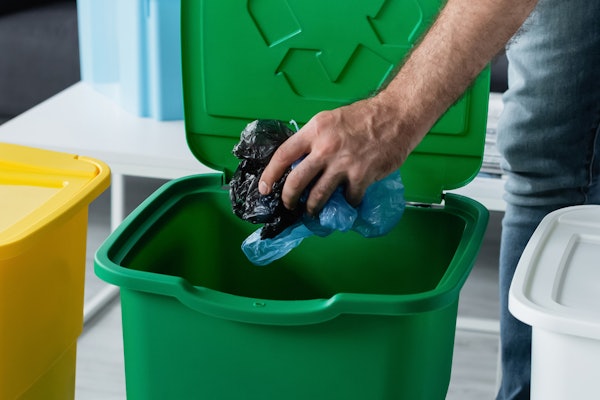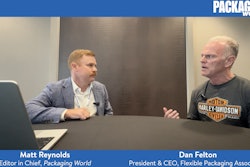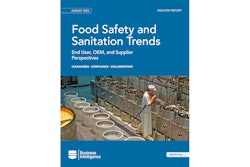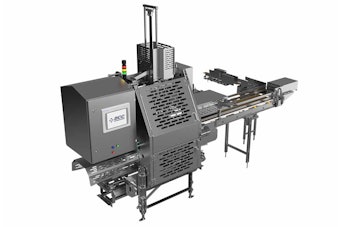“We had to make decisions early on at some risk as to choosing technologies that we felt the industry would accept,” said Celentano.
“We had some experience already because of the Wal-Mart initiative, so we decided to move forward with RFID, though we are looking at 2D bar coding as a redundant feature because a lot of our industry partners view it as a more reachable interim solution.
“We use Gen 2 RFID with OxyContin bottles and cases, and we use a linear bar code on pallets. We haven’t seen interest at this point from our wholesaler partners to use RFID at the pallet level because pallets have little longevity. When the pallet arrives at a location, it’s quickly broken down, so it’s more important that cases and items are serialized with RFID tags.
“We’re starting to see an acceptance and preference from our major wholesalers for an RFID-based solution. As a company moving thousands of cases of product through its doors every day, and tens of thousands of bottles, we prefer RFID.” One key reason for the RFID preference, he says, “is because it doesn’t require a line-of-sight technology. [With RFID], you remove that line-of-sight requirement and can read through sealed totes. And it doesn’t matter which way cases are facing.”























